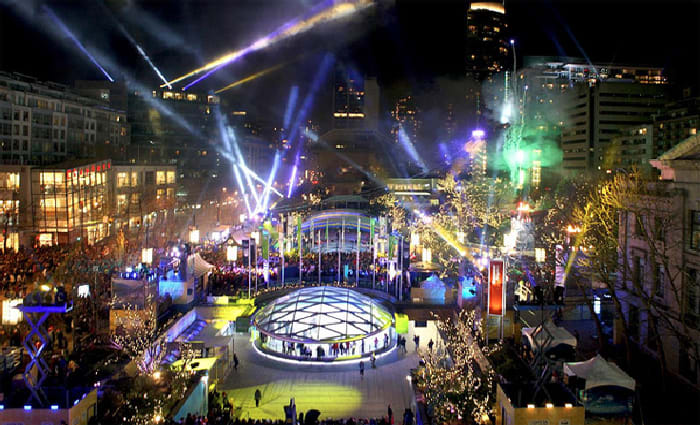Making a creative residential place Part One: Peter Chittenden
An associate of mine recently suggested that I listen to a podcast from the USA that talked about the role of the arts in helping to both revitalise existing neighbourhoods and also helping to create and energise new ones.
At the same time the topic also explored some related issues like housing affordability and ageing in place.
All of which are common themes here and I think have particular significance to many aspects of marketing new projects and how place in-turn influences values.
While some of the material in the podcast was largely focussed on the regenerating neglected urban areas the central theme of ‘creative space making’ had lots of material that I think can be applied here. Many parts of Sydney are being developed with new apartment and mixed-use projects and among buyers there is a definite desire to live in places that have a feeling of community, a richness of local colour and activity.
LOVE OF PLACE
There’s no doubt that developers take the lead when investing into new areas, having usually worked with local councils and existing residents. Sometimes this process results in the creation of totally new neighbourhoods and new communities but often there’s an existing footprint of local character that extends well beyond just local services.
When we think about what makes people love where they live (or wish to live) then connecting with the local community is essential. It’s a topic that helps identify the appeal of different areas, creates a competitive advantage and its part of what sets demand, value and prices. It’s an important part of underpinning the investment made and I think easily overlooked when determining local demand and values.
In some established parts of any city or suburb there’s usually an existing culture that appeals to buyers and extends way beyond for example a handful of shops.
Even when we are dealing with former industrial ‘brown-field sites’ you can sometimes find nearby fragments of neighbourhood, like a pub or local café. Not to mention the social footprint of the local residents who just happen to find themselves now living close to any number of new projects and new residents.
The dynamics of every major city are now caught up in this trend and as the podcast I referred to earlier explored the how the arts, a feeling of community and the economic interests of the area are all connected. These same points also form part of the work – life balance and even when we have a buoyant market, buyers want to know that the area, the community they are investing in has solid lifestyle appeal.
WHAT MAKES PEOPLE LOVE WHERE THEY LIVE?
As the density of urban areas increases every stakeholder – councils, planners, developers, investors and above all the residents know that the sense of place deserves more attention. A strong local identity described as a sense of place does, from a marketing perspective, create a competitive advantage and that will always influence prices paid in a particular area.
It will also influence future property values, they key factors feed into why areas experience strong demand form developers and buyers, it might be intangible and not directly articulated, but I think it’s worth devoting some time to the exploring.
The mix of community, the role of how creative a place feels, the physical appearance and the economic viability of a place all feed into this interesting mix.
Another factor, that we see in many suburbs is how quickly, as developments are finished and people move to the area, that it then changes. Over time this change might morph into ‘love of place’ and thus the community gives a big tick to the quality of planning and development.
Just what makes up the substance of creative place making, the factors that all come together in a desirable neighbourhood, can I think be pinpointed into three areas. These areas include – social appeal, accessibility (user-friendliness) and the aesthetics, the built environment. In combination they all sit behind the appeal of an area and individual projects, they are the marketing foundations and all directly impact prices and buyer demand.
The podcast I mentioned at the start of this discussion was mainly concerned about the role of the arts in helping to create or energise an area and community, however in my next post I want to look further at the role of creative place making as an vigorous part of the project development and marketing mix.
To read the second part of Peter's post, click here.
Peter Chittenden is managing director for residential of Colliers International. He can be contacted here.
